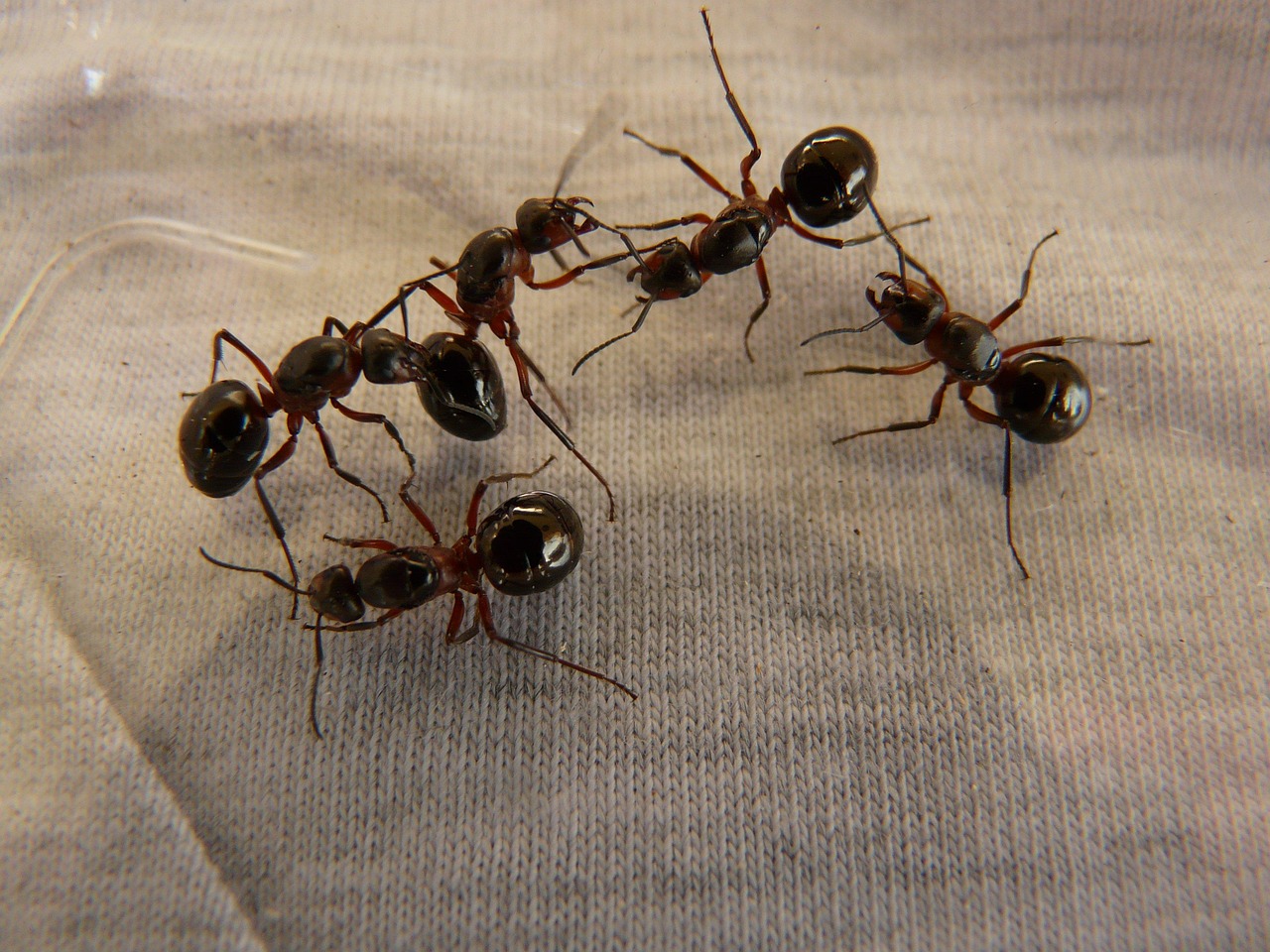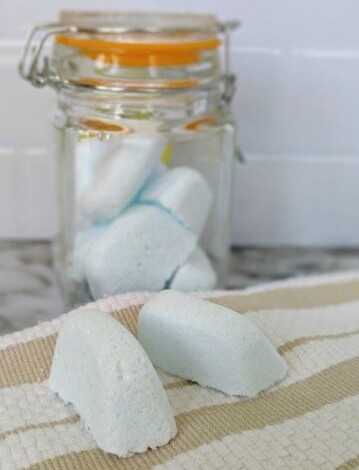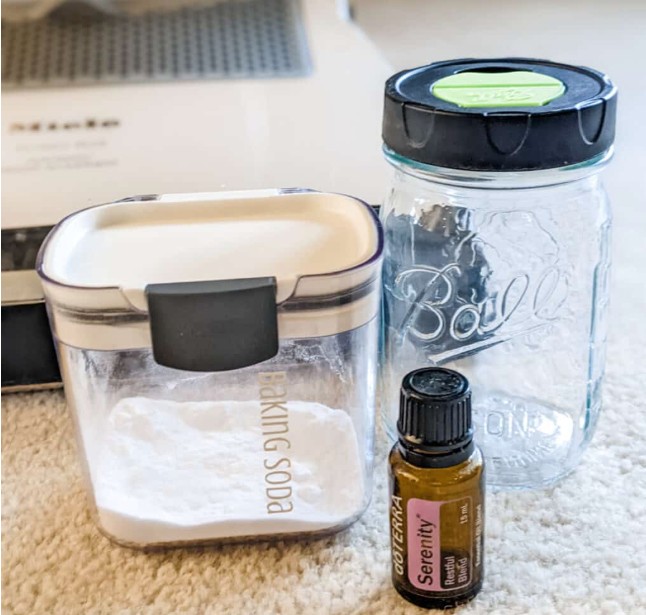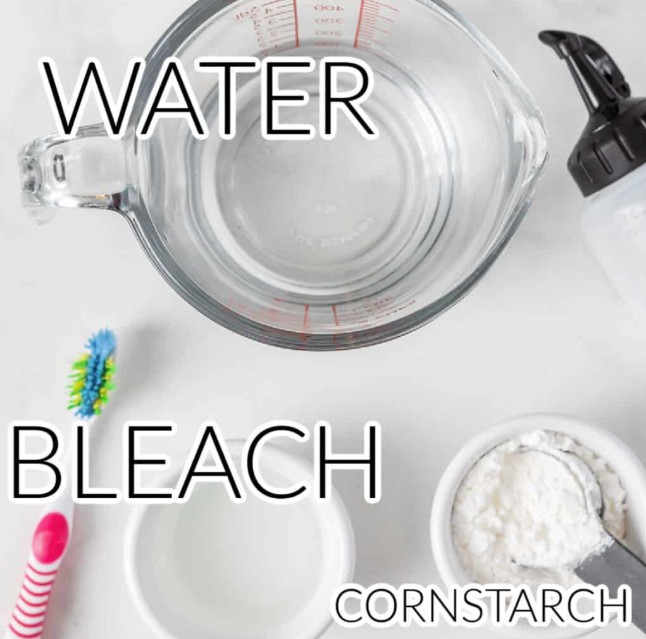There’s nothing quite like the surprise of finding a steady line of ants marching across your kitchen counter. They show up out of nowhere, drawn to the tiniest crumbs or sticky spills. If you’ve ever dealt with a household ant invasion, you know how quickly a small problem can turn into a major headache. Store-bought sprays and traps promise quick fixes, but sometimes the chemicals and cost can leave you just as frustrated as the ants themselves. That’s where DIY ant killer — simple, safe, and, when done right, surprisingly effective. Here’s what works, why it works, and how to keep those tiny trespassers out for good.
Understanding Ant Behavior: Why DIY Solutions Work
Ants don’t just randomly wander into your home. They’re expert scouts, constantly searching for food and water for their colony. Once an ant finds a tasty crumb, it lays down a scent trail for the rest to follow—sort of like leaving breadcrumbs for hungry friends. In a quote from entomologist Dr. Laurel Hansen, “Ants are guided by pheromone trails, which serve as their GPS to and from food sources.”
Why does this matter for DIY ant control? When you target their trails or use bait that they bring back to their nests, you’re getting to the root of the problem. DIY ant killers don’t just stop the ants you see, they can wipe out whole colonies by using the ants’ own habits against them. It’s not about brute force, it’s about using the right method in the right place, which is often cheaper and safer for families and pets.
The Most Effective DIY Ant Killer Solutions
Some homemade ant killers work better than others. Here are a few that people—myself included—swear by. These recipes use simple ingredients you probably already have.
Borax and Sugar Bait: The Classic Solution
This old-school trick works because it targets the entire colony, not just the ants you see.
You’ll need:
- 1/2 cup sugar
- 1 1/2 tablespoons borax (a mineral found in the laundry aisle)
- 1 1/2 cups warm water
- Cotton balls or small pieces of cardboard
How to make and use it:
- Mix the sugar and borax in the warm water until both dissolve.
- Soak a cotton ball in the solution or pour some onto pieces of cardboard.
- Place baits where you’ve seen ant trails, but keep them away from kids and pets.
Ants are drawn to the sugar, but the borax is what gets them. They’ll carry the mixture back to the nest, sharing it with others (including the queen), wiping out the colony at the source. Patience is key; you might notice more ants at first, but that’s a good sign they’re taking the bait home.
Vinegar and Essential Oil Sprays
Sometimes, you just want to break up those trails and keep ants from coming back. If you catch ants early or want a more natural repellent, vinegar and essential oils make a good spray.
What you’ll need:
- 1 cup white vinegar
- 1 cup water
- 10-15 drops peppermint oil or tea tree oil
- Spray bottle
How to use:
- Combine everything in the bottle.
- Shake well and spray directly on ant trails, entry points, and around window sills or baseboards.
- Wipe away the sprayed trails with a clean cloth.
The vinegar messes with the ants’ scent trails, making it tough for others to follow. Oils like peppermint or tea tree smell strong to us, but to ants, they’re downright overpowering, which helps to keep new scouts out. I’ve found this spray works best for regular maintenance, especially after cleaning up a spill.
Diatomaceous Earth: A Non-Toxic Option
Diatomaceous earth (sometimes called DE) looks like powder but feels a bit gritty. It’s made from fossilized algae and is safe for people and pets—as long as you use “food-grade” DE.
How to use DE for ants:
- Lightly dust a thin layer along ant trails, around baseboards, under cabinets, or anywhere you see ants entering.
- Focus on dry areas. Moisture lessens its effect.
- Reapply after vacuuming or cleaning the area.
The powder sticks to ants as they cross, drying them out by damaging their outer shell. It sounds a bit harsh, but it’s not a poison and leaves no toxic residue behind. Just avoid breathing in the dust during application. I like using DE around places where food is stored or near pet dishes.
Prevention and Long-Term Ant Control
DIY ant killers can clear up an infestation, but making sure ants don’t come back is even more important. Here are some habits and tips that help keep ants outside, where they belong.
Outside Perimeter of House
Check for cracks in your home’s foundation, especially where utility pipes come through. Treat these spots with outdoor ant repellents or sprinkle diatomaceous earth around the edges as a barrier. Some folks use a mix of water and dish soap or citrus peels at entry points.
Mounds in the Yard
Ant mounds in the yard can be hard to spot until it’s too late. If you find one, pour a pot of boiling water directly onto the mound (careful, it will kill grass, too). Follow up with a sprinkle of borax mixed with sugar to draw out any survivors.
Ant Infestation during Droughts
When it’s dry outside, ants head indoors searching for water. Mop up standing water, wipe up condensation under sinks, and fix leaking faucets. Try to keep kitchen and bathroom areas dry, since thirsty ants see them as prime real estate.
Sealing Entry Points and Removing Attractants
Ants squeeze through tiny cracks and gaps. Seal up spaces around doors, windows, and pipes with caulk. Don’t forget to check screens and weather stripping. Store food in sealed containers, and sweep up crumbs or sticky spots as soon as you spot them.
Establishing a Regular Cleaning Routine
A clean home isn’t immune to ants, but it helps. Here’s a quick routine that pays off:
- Wipe down counters and tables after meals.
- Sweep or vacuum floors daily, especially in the kitchen.
- Take out trash regularly and rinse recycling before putting it away.
- Rinse pet food bowls and store pet food in airtight containers.
Consistency is your best defense. Ants remember where they found food, so cut off their supply, and they’ll eventually move on.
Ants are resourceful, but with the right approach, you can outsmart them and take back your space. DIY ant killers like borax traps, vinegar sprays, and diatomaceous earth work because they use the ants’ own patterns against them. When combined with prevention tips like sealing entry points and keeping your space clean, you stand a good chance of keeping ants at bay for the long haul. Like most things, a little patience and persistence go a long way. If you’ve ever battled an ant invasion in your home, you know the satisfaction of finding a simple, homemade fix that really works. Try these solutions, stick with the habits, and say goodbye to unexpected ant guests for good.















